I have always loved driftwood and have long thought it to be a great addition to indoor and outdoor décor. Incorporating driftwood into your décor is a great way to bring nature into your home or landscaping and is an inexpensive DIY craft.
Decorating with Driftwood: Selecting your Driftwood
Once you have determined that the ecosystem will be safe upon removal of your driftwood, check the wood for cleanliness and possible infestation. This largely depends on how long it has been on the shore. Make sure you will be able to clean it up to suit your standards before you lug it to your car, truck or bike for transport.
Decorating with Driftwood: How to Clean Driftwood
Decorating with Driftwood: Staining and Bleaching
Another way of changing the color of your driftwood is to use a bleach and water combination to scrub it. This will clean the wood and lighten the color in most cases. Keep in mind that bleach is a harsh substance and you should use care when bleaching your wood (such as gloves and proper ventilation) and make sure that you remove all of the bleach before you place the driftwood on surfaces that could be effected or in areas where there are children or animals.
Decorating with Driftwood: DIY Home Décor Projects
Slightly larger pieces of driftwood can be used to make candle holders that will hold either a single votive or tea light candle, or a row of them. For this project, you will need a piece of driftwood that will balance flat against a tabletop surface. Depending on the length of your wood, use a drill to make holes in the driftwood that are large enough to hold a glass votive candle holder then place the candle holders and candles into your finished project. As long as you can use a drill, this is another DIY project that won’t take you much time and is very easy to complete. I do not recommend placing candles directly into the hole, as this will increase the risk of fire.
Very large pieces of driftwood can be used both inside and outside as benches or plant holders. If the piece is large enough, well balanced and relatively flat, it can be placed as is to provide extra seating or to display plants. If you have a great piece of driftwood that is large enough, but does not lend itself to balanced bench sitting, you can still use it as a bench by leveling it with natural stone supports (like legs), anchoring it in sand (depending on your landscaping), or adding wooden legs that will compensate for height and balance differences along the piece.
If you are particularly crafty, or know a woodcarver, driftwood can also be carved into sculptures and used as interior décor or in landscaping.
Have you crafted with driftwood? What tips can you share?
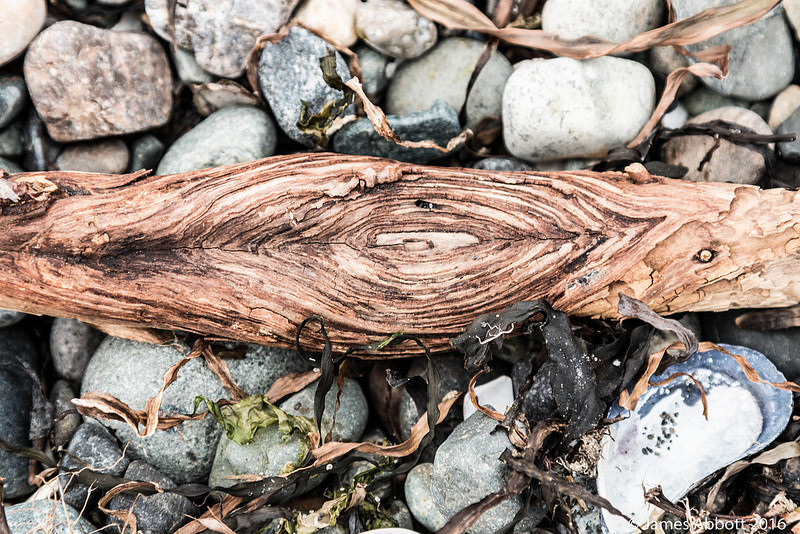


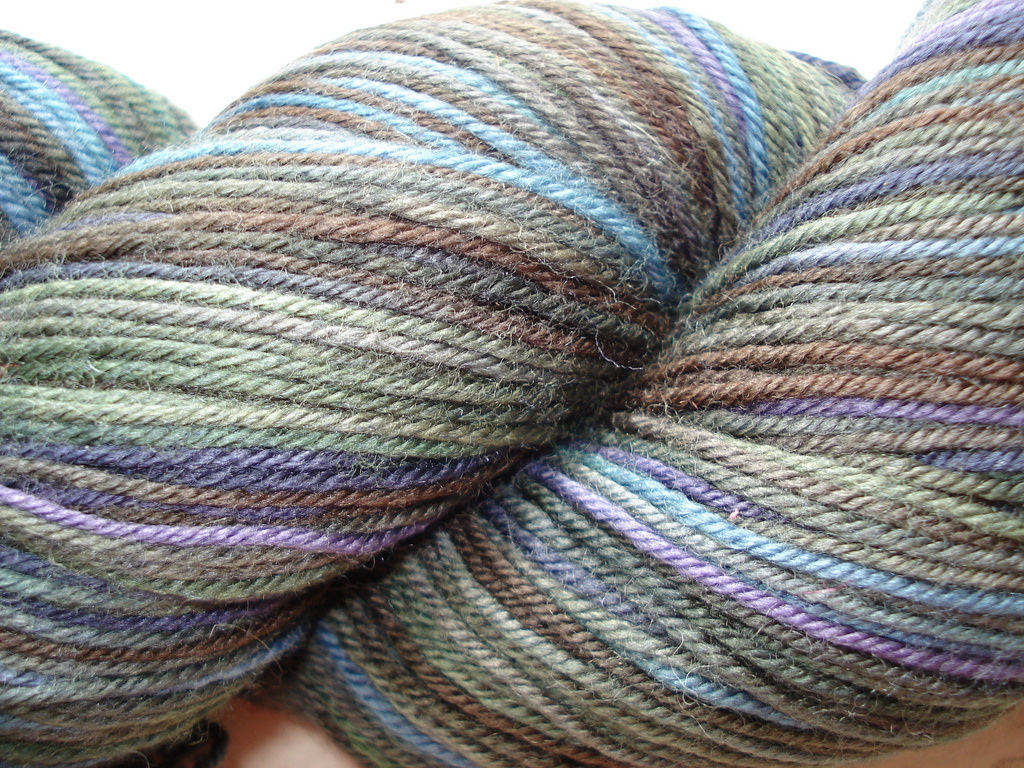
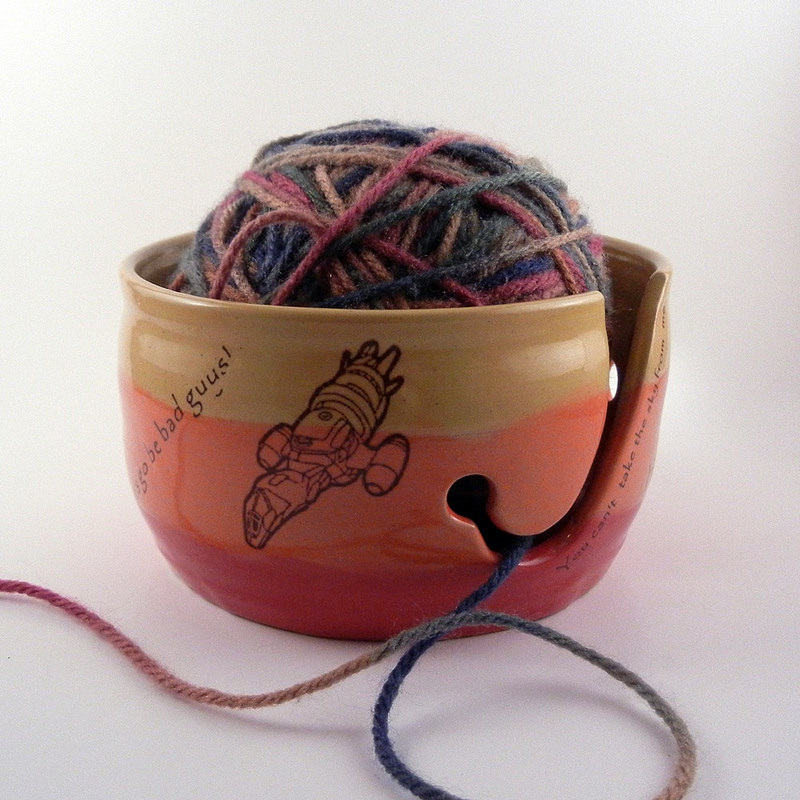
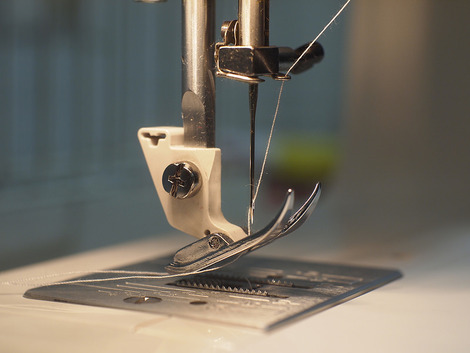
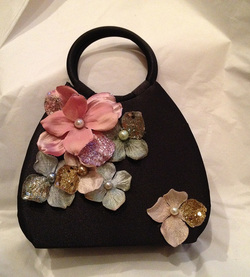

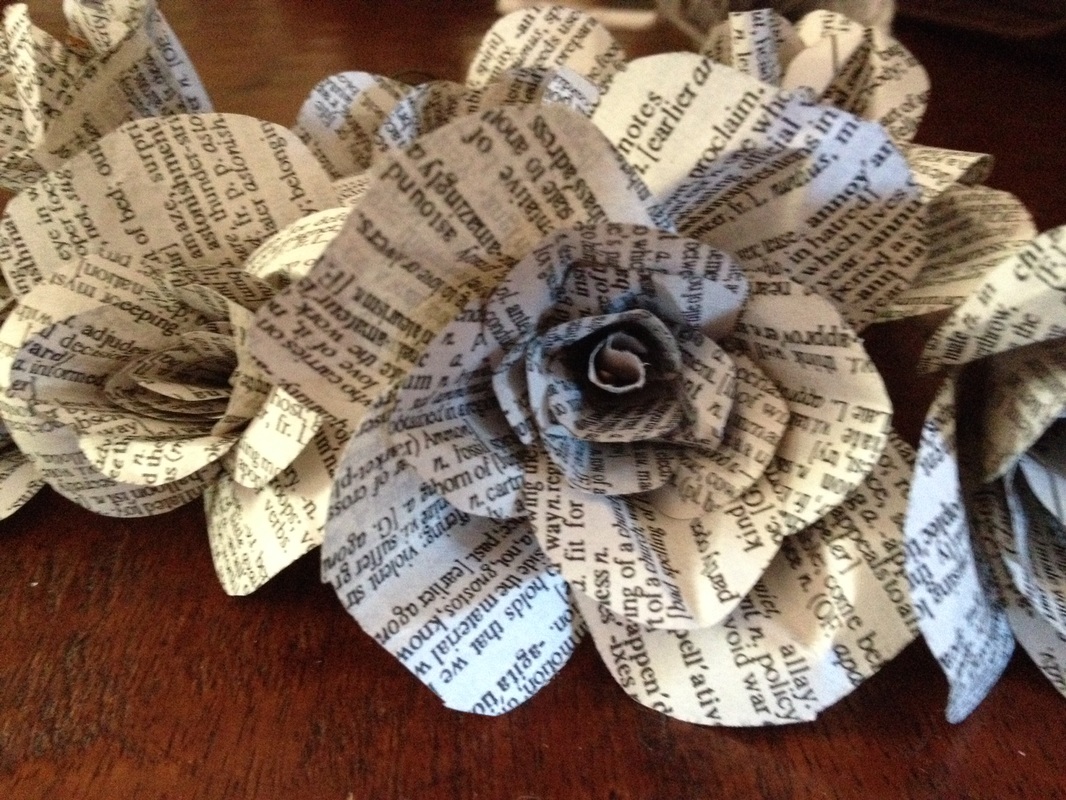
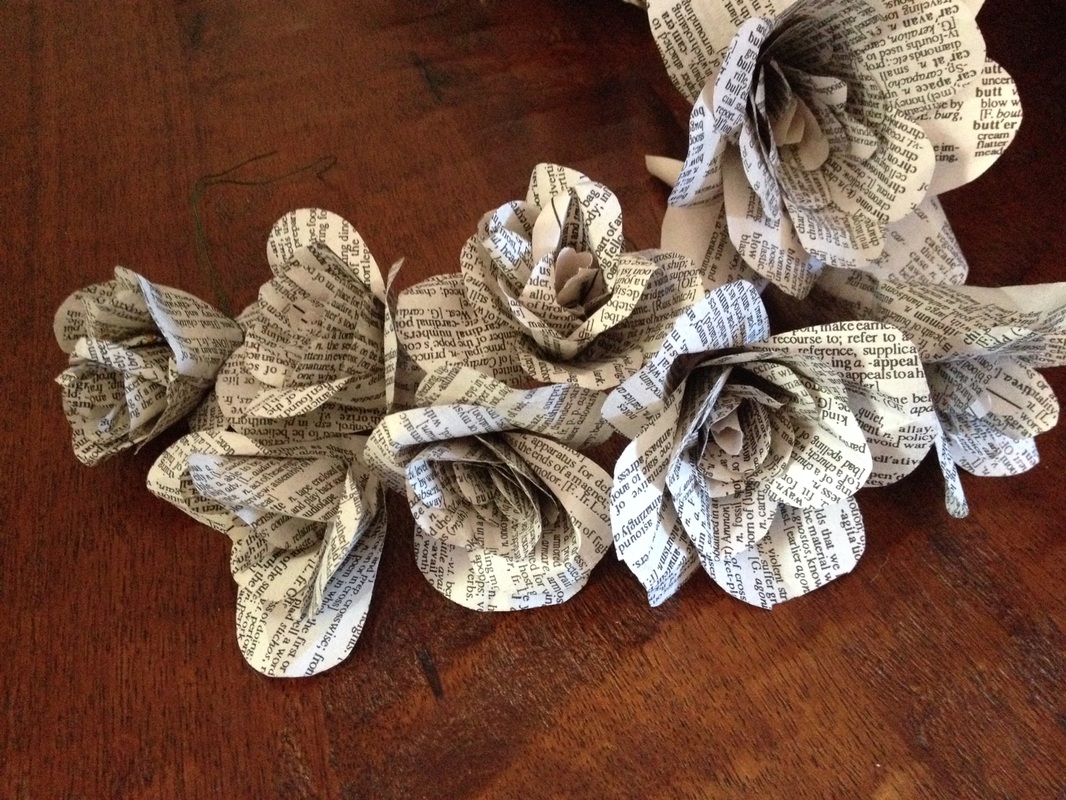

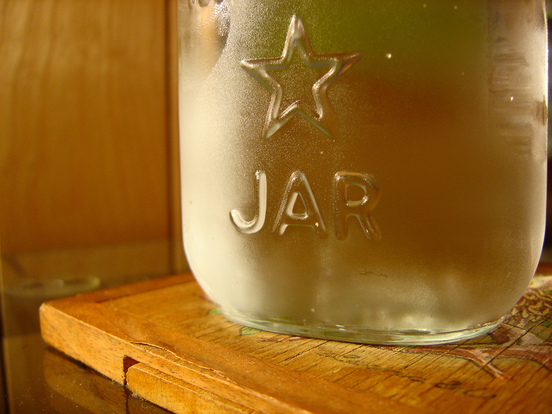
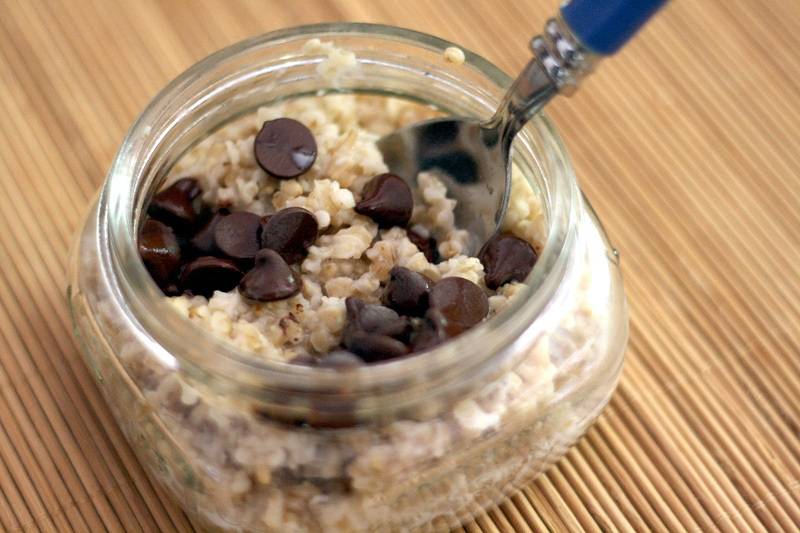

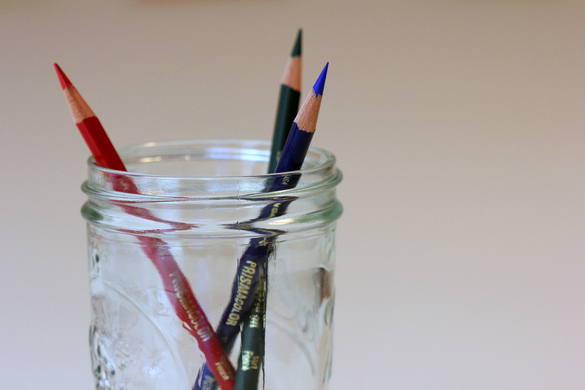
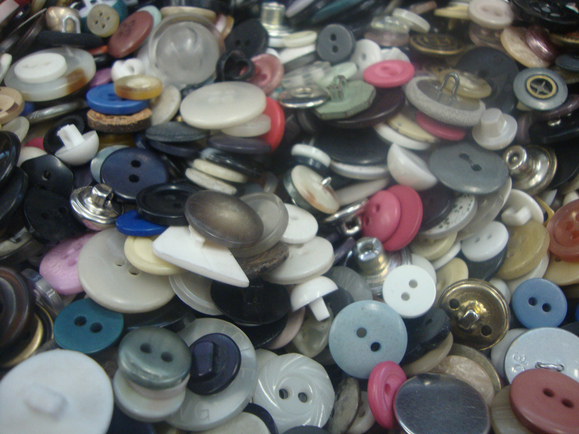
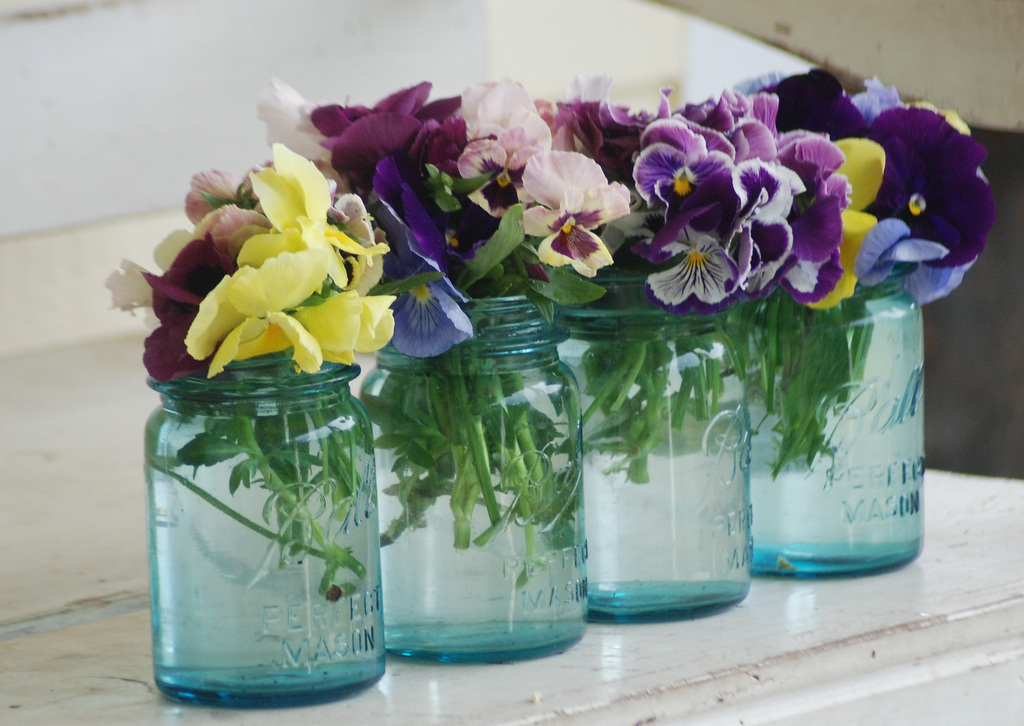






 RSS Feed
RSS Feed










